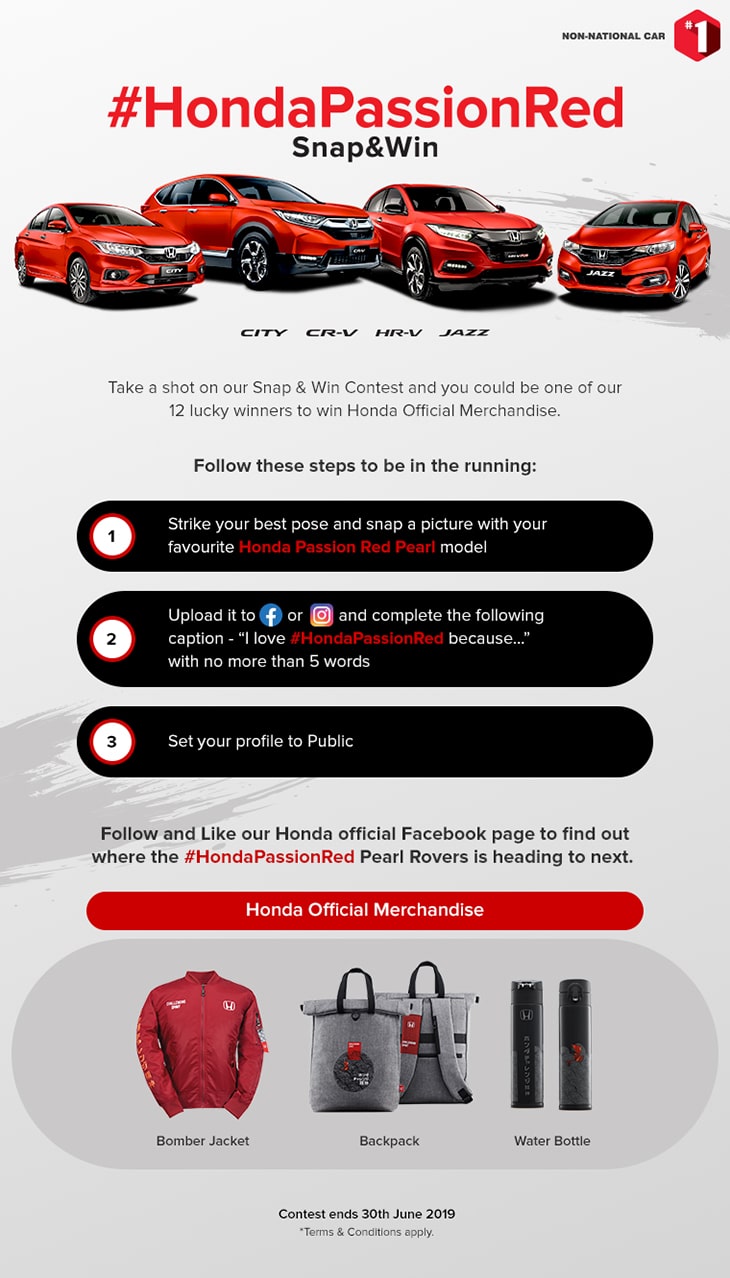
CBU or CKD Cars: What Are The Differences?
Category : News
When you are thinking about buying a new car, you may have encountered terms like “CBU” and “CKD”. But what exactly do they mean?
Before explaining the terms, it is worth mentioning that both CBU and CKD terminologies do not possess any difference in terms of technicalities.
All cars are made at their respective company manufacturing plants. And when car manufacturers want to export their vehicles to other countries, the vehicles can be shipped in as a complete unit or in fragmented parts. It’s in this scenario where the concepts of CBU and CKD are used.
CBU stands for Complete Built-Up and CKD stands for Complete Knocked-Down.
CBU: Complete Built-Up
CBU refers to automobiles that are imported from or exported to some other country as a complete vehicle fully assembled. For example: When a car is completely built in the target country as a whole piece.
Remember CBU cars do not require any assembly plant in the target country.
A well-known CBU unit in Malaysia is the Honda Odyssey.
Things to remember about CBU:
- Imported as fully finished, assembled unit
- For non ASEAN countries, there is a higher import duty of 30%
- Purchase on release
CKD: Complete Knocked-Down
CKD cars require an assembly plant in the target country as the units are shipped to the target country as fragmented parts.
Incomplete CKD vehicles are first sent to an assembly plant in the target country where all the parts are assembled before the vehicles can be sold.
Some CKD cars in Malaysia include Honda Jazz, Honda City, Honda HR-V, Honda Civic, Honda CR-V, and Honda Accord.
Things to remember:
- Imported parts are assembled locally to become a CKD vehicle.
- Manufacturers may also use local content for parts like tires, windows, and headlights.
- Lower import duty: 10%
- Longer waiting time
The Price
As you may already noticed, the biggest difference between CBU and CKD units is the pricing. Why?
There is a 20% difference in import duty, and this will make a huge difference in what you pay for.
You can expect to pay up to RM15,000 to RM20,000 more on a CBU model. This difference in the import duty structure is because CBU does not create as much revenue and employment opportunities, in this case in Malaysia, than CKD units.
This however, has an exception. In fact, not all CBU vehicles come with a 30% tax. Because of the ASEAN Free Trade Area (AFTA) and the ASEAN Trade in Goods Agreement (ATIGA), there is no import duty on a CBU vehicle produced in an ASEAN country.
So in some cases, a CBU would come out cheaper than a CKD unit, because the unit is ASEAN assembled, which carry 0% import duty.
CKD units are encouraged because they bring technology to the target country, and infrastructure and labor investment, generating business and employment opportunities.
In most cases, manufacturers rarely offer both CBU and CKD versions of the same models of their cars at the same time.
Some drivers reckon there is a difference in the quality of the units between CBU and CKD vehicles, and they insist on paying more for a CBU car. Although there are some differences in specifications between the two, such as materials, finishing and workmanship, they are often minor.
Finally, you need to be patient if you want a CKD unit because new models of foreign cars are usually released as CBU first.
The CKD version will only be available in the market around 6 – 12 months later, replacing the earlier CBU unit.
It’s important to always ask your Honda dealer where your car was assembled before you decide to make a purchase.
Even if the car that you wish to buy is a CBU unit, you can save money with Honda Malaysia promotions that are always available for all types of models and variants.


 04-291 3136 (Sales)
04-291 3136 (Sales)
 04-291 3008 (Service)
04-291 3008 (Service)





